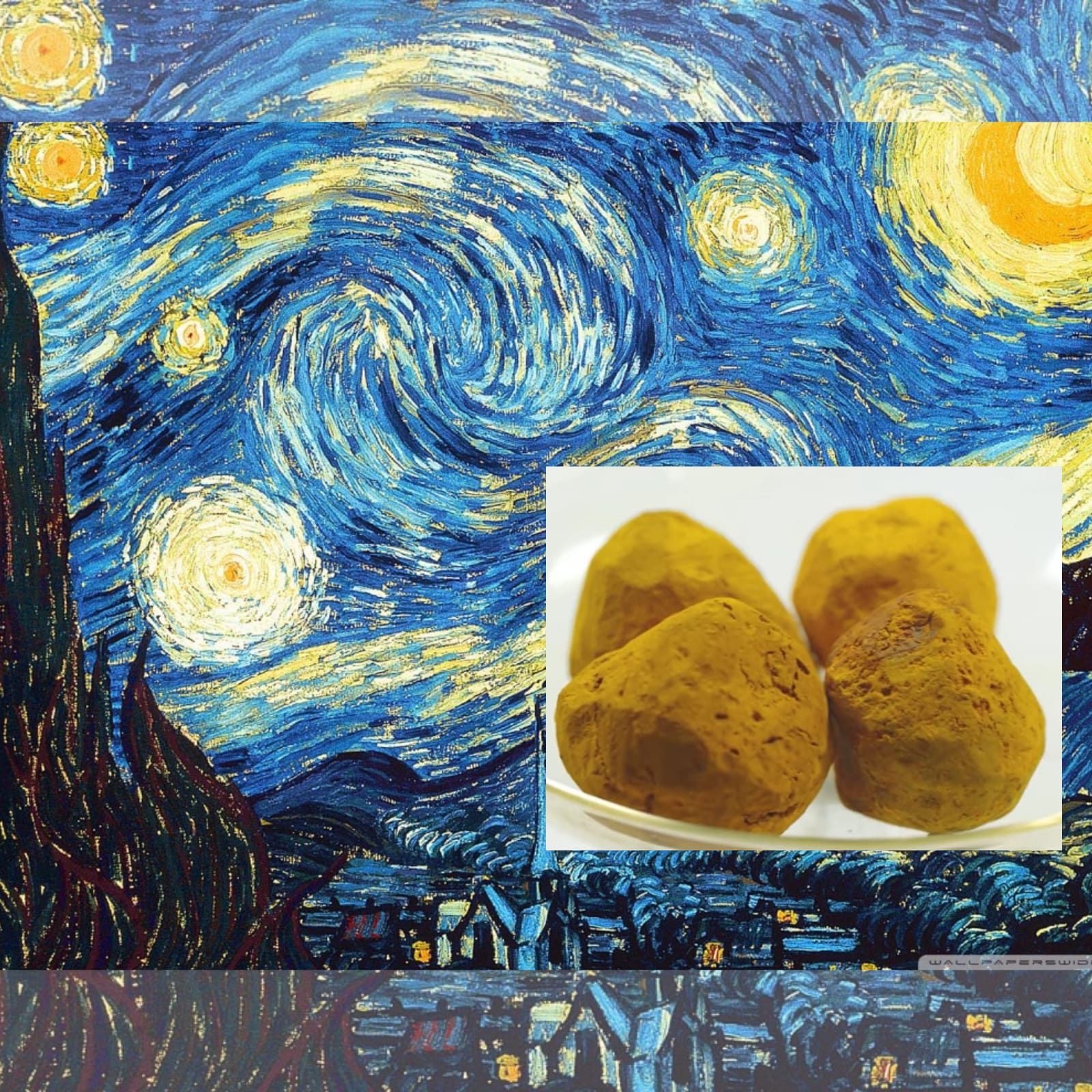The world-famous ‘Starry Night’ painting done by Vincent van Gogh has an interesting and fraught connection to a rural village in Bihar, India. Vincent van Goh’s painting is based on a view of a dreamy night sky from the window of Saint-Paul Asylum, Saint-Rémy, Southern France, where he was lodged. Prominently known as Indian Yellow in the West in the 19th century, the bright yellow color of the moon in the painting is a blend of zinc yellow and a rare pigment.

Source: ED Times
Why did van Gogh use that specific paint?
The Dutch-Impressionist painter used a pigment that was sourced all the way from a different continent because of its rare hue and intense luminescence and it could only be prepared in India in a small and quaint village.

source: Condé Nast Traveller India
Where is it made?
A very specifically cultured, gruesome method of producing the pigment is done by a group of a small sect of ‘gwalas’ (milkmen) in erstwhile Monghyr, presently Munger in Bihar.
How is it made?
The pigment was extracted through the urine of cows who were force-fed nothing but mango leaves. The urine was then clarified over an open flame, filtered, and molded into chalk-like balls known as ‘piuri’, this pigment was then sold to artists all over the world.

source: News18
It was widely used in India’s art and dyeing industry, particularly during the rule of the Rajputs and Mughals, and exported by European merchants to painters all over including Vincent van Gogh. The soft yellow chalk-like lumps were transported from calcutta, India to the London docks and no one knew the precise ingredients. They had a strong odour of ammonia and were suspected of containing snake urine or ox bile, camek urine.
What happened to the pigment?

source: Emswam
In 1833, While trying to understand how the pigment was sourced, Sir Joseph Hooker, explorer, botanist, and director of Kew Gardens, 1883, wrote a letter to the Indian Department of Revenue and Agriculture. TN Mukharji wrote back explaining the process, which was then published in the Royal Society of Arts Journal and elicited multiple animal cruelty protests that led to the then government banning further production. Made to survive on an extremely restrictive diet, the cows “looked very unhealthy” Mukharji claimed in his report.
An similar alternative was manufactured by Winsor and Newton, a pigment manufacturing company, which had a few remaining samples . it is cruelty-free and AP certified.
ALSO READ:
Animal Welfare Board Withdraws Appeal To Celebrate February 14 As Cow Hug Day



















































































